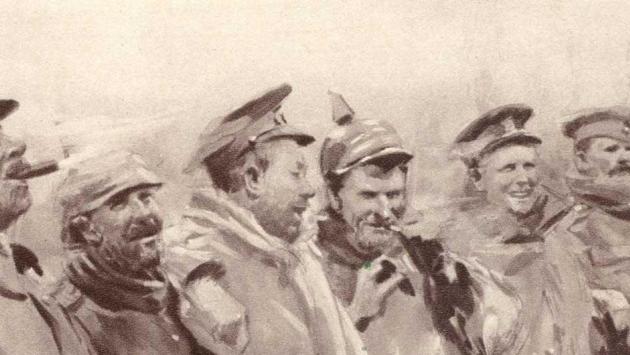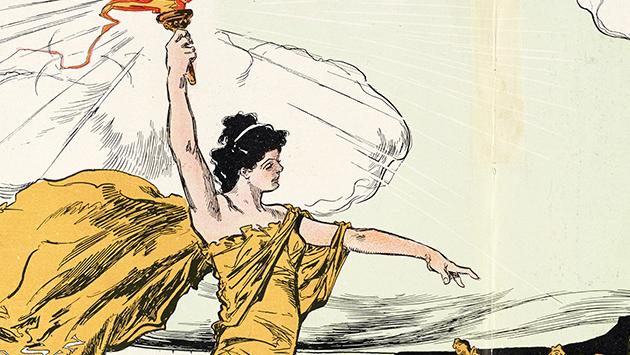

Online
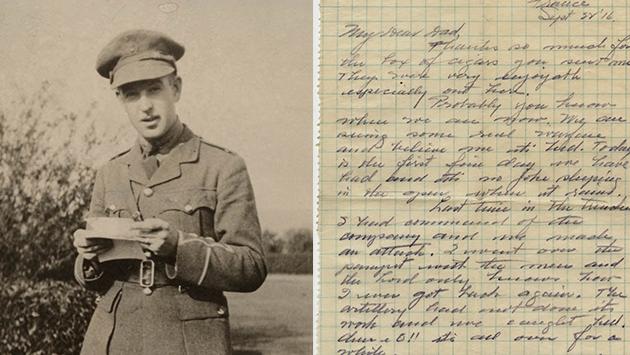
Online
The Letters of Lieut. Raymond B. Penniman
Stories from the Somme
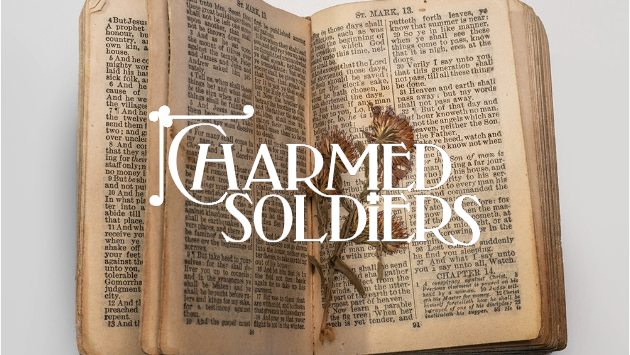
Online
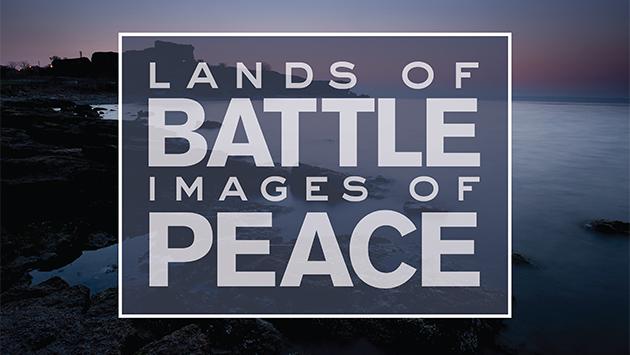
Online
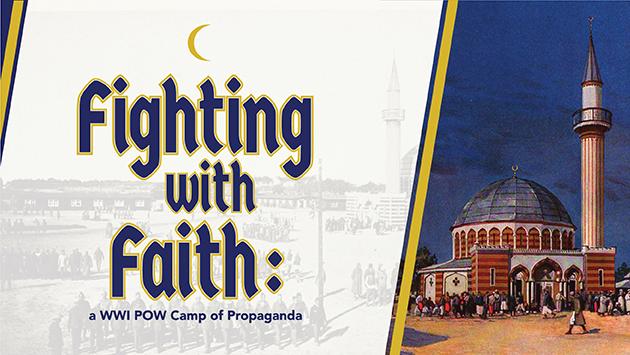
Online
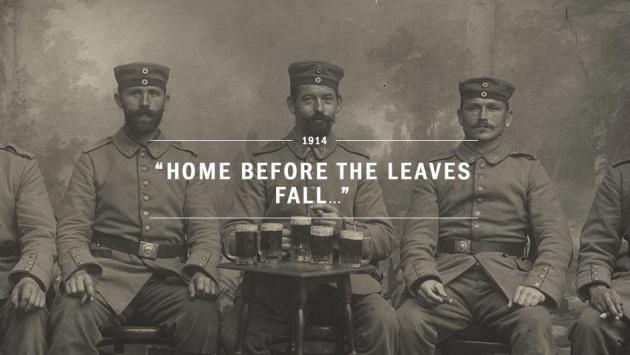
Online
Google Cultural Institute
Home Before the Leaves Fall
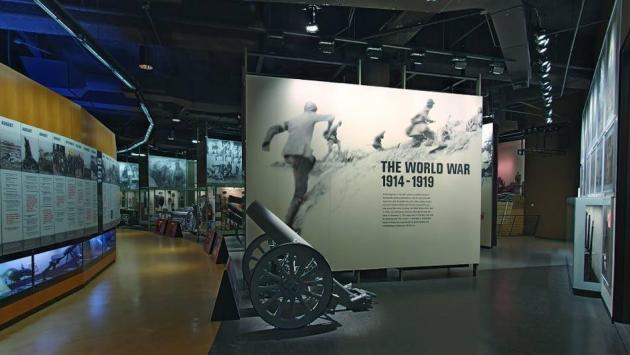
Online
A Guided Journey through WWI History
Curator's Tour
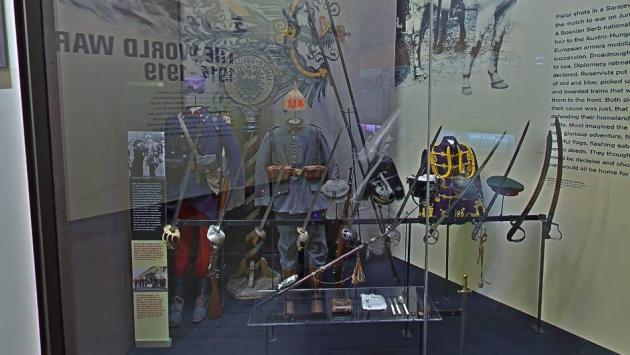
Online
Google Arts & Culture
Immersive Tour with Colonel (ret) R. Dudley
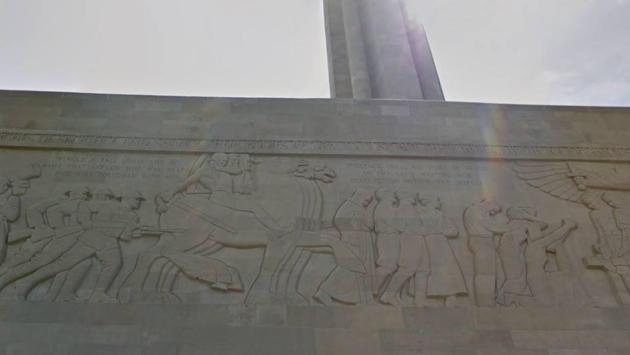
Online
Immersive Tour of the National WWI Museum and Memorial
Architectural Tour
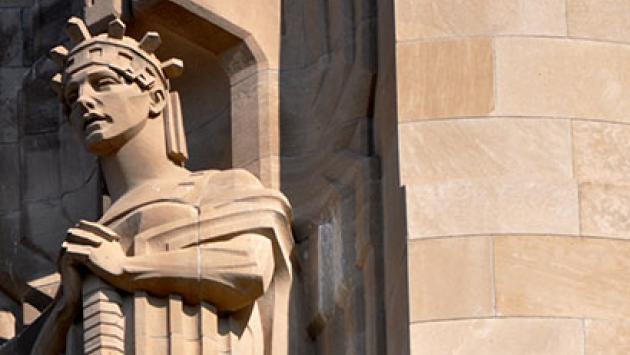
Online
Google Cultural Institute
Introduction to the Museum and Memorial
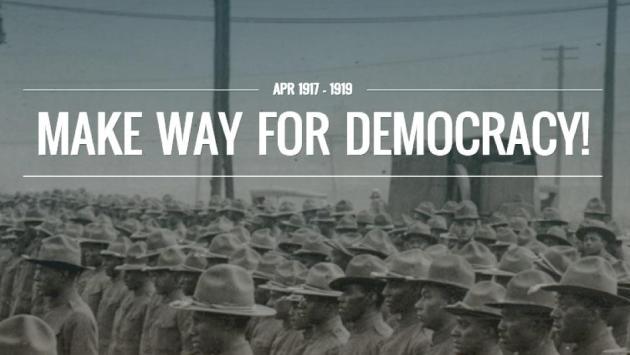
Online
Google Arts & Culture
Make Way for Democracy!
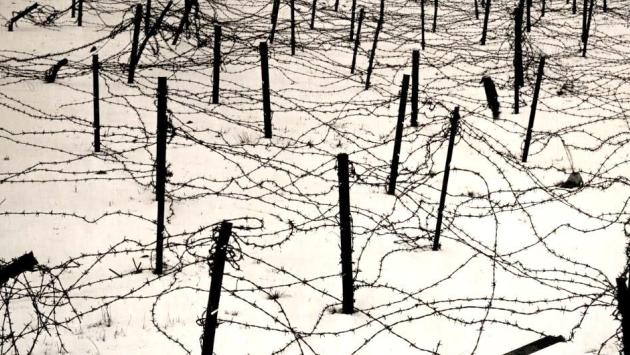
Online
Google Arts and Culture
WWI A-Z
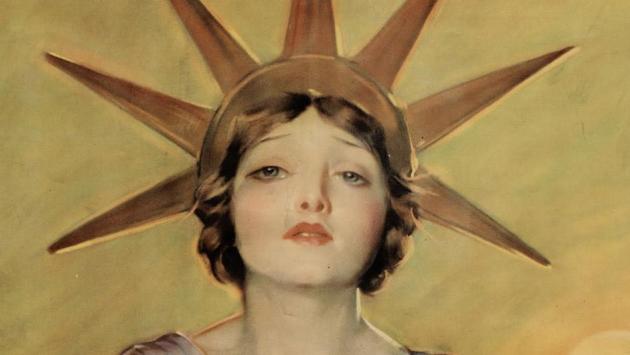
Online
Google Arts and Culture
The Poster: Visual Persuasion in WWI
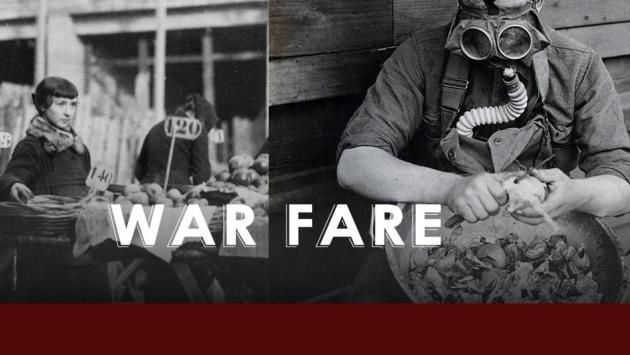
Online


